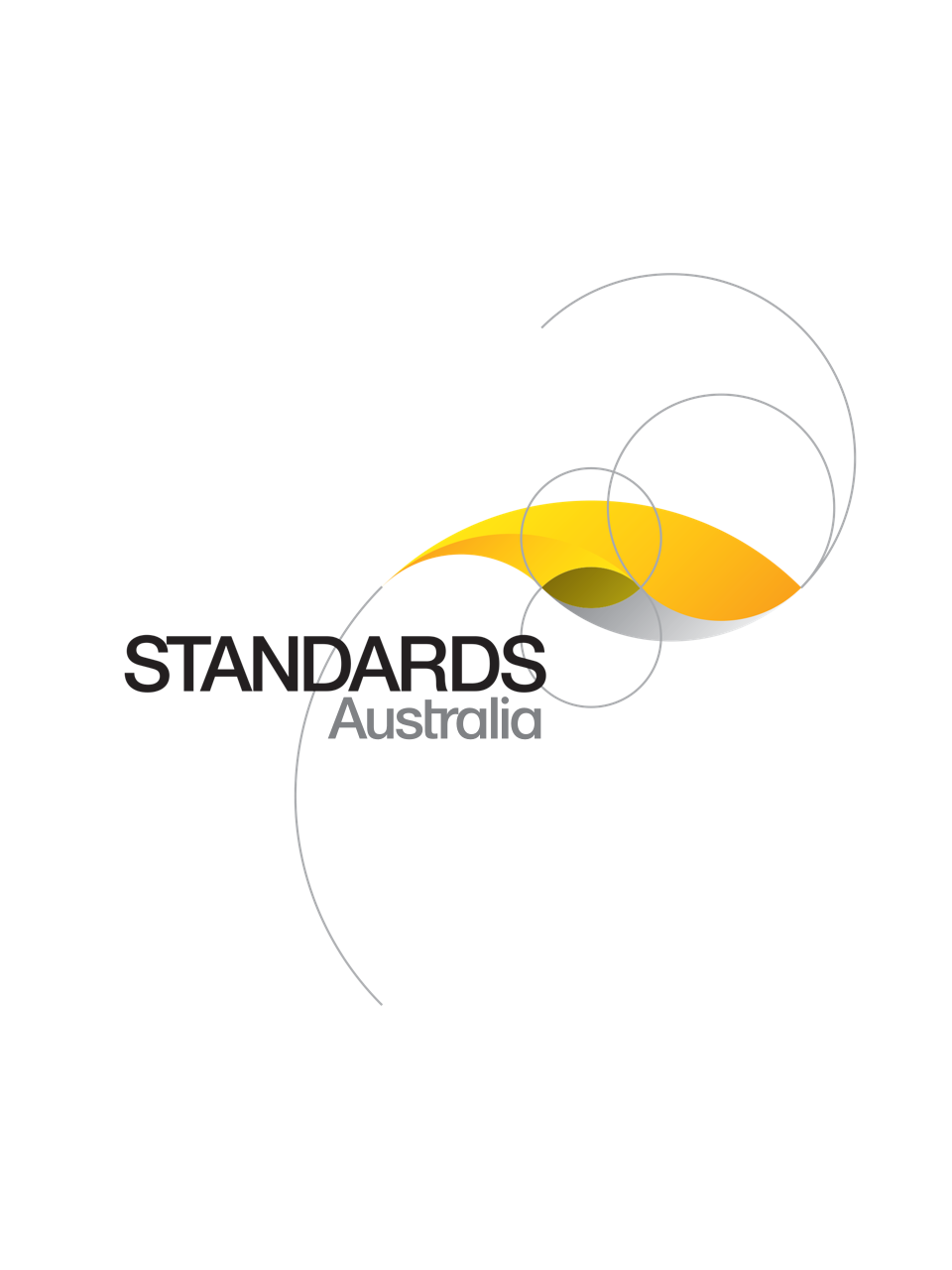Standard
Track updates
AS 1603.3:2018
[Current]Automatic fire detection and alarm systems, Part 3: Heat alarms
Specifies requirements, test methods and functional criteria for heat alarms that operate using scattered light, transmitted light or ionization, intended for household or similar residential applications.
Published: 31/01/2018
Pages: 32
Table of contents
Cited references
Content history
Table of contents
Header
About this publication
Preface
Foreword
1 Scope
2 Normative references
3 Definitions
4 General requirements
4.1 General
4.2 Optional and additional functions
4.3 Classification
4.4 Alarm condition
4.4.1 Alarm condition audible indicator
4.4.1.1 Signal pattern
4.4.1.2 Signal pattern level—Optional function
4.4.1.3 Signal pattern frequency characteristics—Optional function
4.4.2 Alarm condition visual indicator
4.5 Main power source visual indicator
4.6 Fault condition visual indicator—Optional function
4.7 Heat alarm signals—Requirements for heat alarms with additional features
4.8 Test facility
4.9 Means of calibration
4.10 User-replaceable components
4.11 Main power source
4.11.1 General
4.11.2 Internal
4.11.3 External
4.12 Standby power source
4.12.1 General
4.12.2 Monitoring of standby power source
4.12.3 Battery low condition silence—Optional function
4.12.4 External power source
4.13 Service-disconnect facility
4.14 Battery connections
4.15 User-replaceable battery
4.15.1 General
4.15.2 Indication
4.16 Electrical safety
4.17 Connection of external ancillary devices
4.18 Terminals for external conductors
4.19 Interconnectable heat alarms
4.20 Alarm-silence facility—Optional function
4.21 Heat alarms with voice—Optional function
4.22 Marking
4.22.1 Heat alarm
4.22.2 Packaging
4.23 Documentation
4.24 Additional requirements for software-controlled heat alarms
4.24.1 General
4.24.2 Software documentation
4.24.3 Software design
4.24.4 Storage of programs and data
5 Tests
5.1 General requirements
5.1.1 Heat tunnel
5.1.2 Atmospheric conditions for tests
5.1.3 Operating conditions for tests
5.1.4 Mounting arrangements
5.1.5 Tolerances
5.1.6 Measurement of response time
5.1.7 Provisions for tests
5.1.8 Test schedule
5.1.9 Test report
5.2 Directional dependence
5.2.1 Objective of test
5.2.2 Test procedure
5.2.3 Acceptance criteria
5.3 Static response temperature
5.3.1 Objective of test
5.3.2 Test procedure
5.3.3 Acceptance criteria
5.4 Response times from the typical application temperature
5.4.1 Objective of test
5.4.2 Test procedure
5.4.3 Acceptance criteria
5.5 Response times from 25°C
5.5.1 Objective of test
5.5.2 Test procedure
5.5.3 Acceptance criteria
5.6 Response times from high ambient temperature, dry heat (operational)
5.6.1 Objective of test
5.6.2 Test procedure
5.6.3 Acceptance criteria
5.7 Repeatability
5.7.1 Objective of test
5.7.2 Test procedure
5.7.3 Acceptance criteria
5.8 Cold (operational)
5.8.1 Objective of test
5.8.2 Test procedure
5.8.2.1 Test Ab
5.8.2.2 State of the specimen during conditioning
5.8.2.3 Conditioning
5.8.2.4 Measurements during conditioning
5.8.2.5 Final measurements
5.8.3 Acceptance criteria
5.9 Damp heat (operational)
5.9.1 Objective of test
5.9.2 Test procedure
5.9.2.1 Test Cab
5.9.2.2 State of the specimen during conditioning
5.9.2.3 Conditioning
5.9.2.4 Measurements during conditioning
5.9.2.5 Final measurements
5.9.3 Acceptance criteria
5.10 Sulfur dioxide (SO2) corrosion
5.10.1 Objective of test
5.10.2 Apparatus
5.10.3 Mounting of specimen procedure
5.10.4 Procedure
5.10.4.1 General
5.10.4.2 Conditioning
5.10.4.3 Final measurements
5.10.5 Acceptance criteria
5.11 Impact (operational)
5.11.1 Objective of test
5.11.2 Apparatus
5.11.3 Mounting of specimen
5.11.4 Conditioning
5.11.5 Measurements during conditioning
5.11.6 Final measurements
5.11.7 Acceptance criteria
5.12 Vibration, sinusoidal (operational)
5.12.1 Objective of test
5.12.2 Apparatus
5.12.3 Mounting of specimen
5.12.4 Procedure
5.12.4.1 Test Fc
5.12.4.2 Conditioning
5.12.4.3 Final measurements
5.12.5 Acceptance criteria
5.13 Vibration, sinusoidal (endurance)
5.13.1 Objective of test
5.13.2 Apparatus
5.13.3 Mounting of specimen
5.13.4 Procedure
5.13.4.1 Test Fc
5.13.4.2 Conditioning
5.13.4.3 Final measurements
5.13.5 Acceptance criteria
5.14 Electromagnetic compatibility (EMC) immunity tests (operational)
5.14.1 Tests
5.14.2 Acceptance criteria
5.15 Battery-low condition
5.15.1 Objective of test
5.15.2 Test procedure
5.15.3 Acceptance criteria
5.16 85 dBA sound output
5.16.1 Objective of test
5.16.2 Apparatus
5.16.3 Units
5.16.4 Test procedure
5.16.5 Acceptance criteria
5.17 Sounder durability
5.17.1 Objective of test
5.17.2 Test procedure
5.17.3 Acceptance criteria
5.18 Interconnectable heat alarms
5.18.1 Objective of test
5.18.2 Test procedure
5.18.3 Acceptance criteria
5.19 Alarm-silence facility
5.19.1 Objective of test
5.19.2 Test procedure
5.19.3 Acceptance criteria
5.20 Variation in supply voltage
5.20.1 Objective of test
5.20.2 Test procedure
5.20.3 Acceptance criteria
5.21 Polarity reversal
5.21.1 Objective of test
5.21.2 Test procedure
5.21.3 Acceptance criteria
5.22 Standby power source
5.22.1 Objective of test
5.22.2 Test procedure
5.22.3 Acceptance criteria
5.23 Electrical safety
5.23.1 Objective of test
5.23.2 Test procedure
5.23.2.1 Heating under normal operating conditions
5.23.2.2 Shock hazard under normal operating conditions
5.23.2.3 Insulation requirements
5.23.2.4 Fault conditions
5.23.2.5 Mechanical strength
5.23.2.6 Clearances and creepage distances
5.23.2.7 Components
5.23.2.8 Protection against the start and spread of fire
5.23.3 Acceptance criteria
5.24 Sequence timing for heat alarms with voice
5.24.1 Objective of the test
5.24.2 Test procedure
5.24.3 Acceptance criteria
6 Test report
Cited references in this standard
[Available Superseded]
Information technology equipment - Safety, Part 1: General requirements (IEC 60950-1, Ed. 2.2 (2013), MOD)
[Current]
Alarm systems - Part 2: Electromagnetic compatibility - Immunity requirements for components of fire and security alarm systems
[Available Superseded]
Electroacoustics - Sound level meters, Part 1: Specifications
Content history
[Superseded]
[Superseded]
[Superseded]
DR AS 1603.3:2016
One-time Purchase
Access via web browser on any device
One-time purchase
Single publication
Offline access via PDF^
$149.01 AUD
Inclusive of GSTFormat *
Web Reader
Licenses *
1 License (for yourself - not shareable)
Total$149.01 AUD
IMPORTANT
